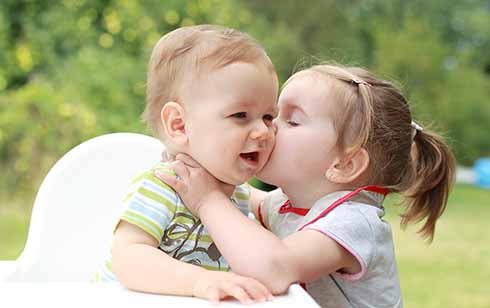 A day of non-violence (2 October) seems a very small thing. Might we not hope for a week, a month, even a lifetime free from violence. But we know that this is not the way the world is.
A day of non-violence (2 October) seems a very small thing. Might we not hope for a week, a month, even a lifetime free from violence. But we know that this is not the way the world is.
If we switch between TV channels, we find ourselves taken from an inquest for children murdered by their father in Australia, to bombs exploding in the Middle East, to a mass killing in the US, to cosmic battles for the future of the world in a Hollywood movie.
When we see all this it is hard to believe that non-violence is our human default position. We know from our own lives that we are all tempted to respond violently to frustration. It might be expressed in kicking a car that won’t start, shouting back at someone who has offended us or taking to social media to pile on to a person we find odious.
Frustration in personal relationships also leads many people to respond violently, and to pass on to another generation recourse to a violent response. Communal violence between different social or racial groups and armed conflict between nations are rooted in the same dynamic.
NEED TO LEARN NON-VIOLENCE
The prevalence of violence at every level of our society reminds us that non-violence needs to be learned. Ideally, children grow up in families where adults show them better ways of responding to frustration than to kick, scream and lash out. They are invited to enter a culture of respect, of apology, of forgiveness, of negotiation, and of gratitude in their family life. They gradually learn to own this culture. Ideally, too, they find the same culture of respect encouraged in their relationships with friends at school, and will develop a distaste for the cultural wars fought in the media, the making of enemies in politics, and the cult of violence in popular entertainment.
This ideal world, of course, is entered by a narrow path that is not given to everyone to walk. Many children experience domestic violence in their homes, and enter a world of their peers where the ability to absorb punishment and to respond violently to frustration are prized. They are routinely exposed to media that glorify violence on a grand scale. Boys may also model their relationships with women on pornography that depicts male violence as something admired by both men and women.
This mixture of childhood exposure to violence and cultural acceptance of it as an appropriate response to frustration in the most intimate of relationships can become deeply rooted. It inevitably encourages domestic violence.
A COMPLEX TASK
To overcome it is a complex task. It requires research into its causes, public education about the unacceptability of domestic violence, encouragement for its victims to report it and to find a life free from it, sanctions for violations, and public education that emphasises respect. It also required early intervention to protect children caught in domestic violence, and educational programs for young men that inculcate respect in relationships and allow them to be their best selves.
The substantial and widespread change needed to address the prevalence of domestic violence is not an easy fix. It demands conversion at the personal level and at the level of our culture.